Unlike synthetic hair, virgin human hair is durable and doesn't tangle as easily, giving you more styling options. Virgin hair refers to human hair that has not been chemically treated in any way. There are many different sources of virgin hair, which can come in a variety of textures depending on the origin. For example, body wave Brazilian virgin hair will look and feel much different than straight Indian virgin hair. Sew-ins are a great way to change up your look, but with so many hair options available, it can be tough to decide which kind is right for you. The hair you choose will impact how long your sew-in lasts and how it looks on a day-to-day basis. To help you out, we've put together this guide that outlines the best kinds of hair to use for a sew-in weave. Hair types by source The quality of virgin hair varies depending on the source. Some hair, for example, is heavier than others naturally. To assist you in understanding the basics, we'll go over some of the qualities of different types below briefly. Keep in mind that the hair extension industry is unregulated. You may encounter hair that's been mislabeled or purposely misrepresented as another type of hair entirely. To avoid this, we recommend reading reviews, talking to friends, and consulting experts before making your purchase. Brazilian hair Brazilian hair is thick, soft, and strong. Medium luster gives way to tight curls that are less prone to frizzing. You won't need as many bundles for a full head of bouncy Brazilain-hair volume. Eurasian hair Eurasian hair is a luxurious type of hair that's sleek, thick, and versatile. It comes from donors who are European and Asian, which makes it rarer and more expensive than other types of hair. Despite its rarity, Eurasian hair doesn't require as many bundles for a full look because it has similar density to Brazilian hair. Indian hair Indian hair is one of the longest-lasting types of hair extensions you can buy. It’s soft, versatile, durable, and not too prone to tangling. Additionally, it does a great job at maintaining curls. The only downside is that it's more likely to frizz than other types of hair. Malaysian hair Malaysian hair is beautiful, soft, and silky. It's thick, but not too heavy, making it the perfect choice for big bouncy curls. Malaysian hair is also much shinier than other types of hair, which can fade after a few washes. However, this type of hair can dry out quickly if you don't moisturize it regularly. Therefore, be sure to include extra conditioning in your hair care routine to maintain its healthy appearance Peruvian hair Peruvian hair is incredibly light, but still manages to be thick. If you're looking for volume, Peruvian hair is perfect since it becomes more curly when wet. The only downside to this type of hair is that it's expensive and not easy to find.
Hair textures When choosing hair, you must also decide which texture you would like. Straight hair is the default and requires less styling, while curlier hair has been textures have likely gone through some steaming or other processes. We explain popular textures in more detail below.
Straight The most typical hair texture is straight, and this type typically is affordable. However, before settling on any particular product, always double-check the description to see if the "straight" label applies to bone-straight or slightly wavy strands. If you desire straight hair that more closely resembles types three or four, then look into Yaki hair products. Yaki
Yaki hair, also known as kinky straight, is a type of texture that looks similar to relaxed natural hair or hair that has been silk pressed. Body wave The body wave style features extremely loose waves that can look incredible left alone or styled. This distinct wave is present throughout the entirety of the extension. Loose wave The main difference between loose wave and body wave hair is that body waves have bigger, more natural-looking waves. Water wave Water wave hair is a type of curly texture that resembles many other types of natural curls. It can be blended well with most natural hair, and looks similar to deep wave hair. The main difference is in the direction of the curls. Deep wave A deep wave has tighter waves than body wave and loose wave hair, but doesn’t have a true curl.It is normally thick and shiny, and the waves go in the same direction. Curly Curly hair is characterized by its true curls, which can range from loose to tight and coily. Kinky curly This hair texture is great if you naturally have kinky curly hair and want to add more length or volume. Kinky curly extensions feature tight and springy curls. What to consider when buying hairKeep your own hair texture, lifestyle, and styling needs in mind when shopping for weaves so you can find the best one for you. Here are a few additional things to keep in view:
If you aren't sure which weave is right for you, no problem! A professional can easily help guide you to a decision by hearing out your must-haves and giving their expert opinion on what they think would work best. What about synthetic hair? While we always suggest using virgin human hair, you can still opt for synthetic strands if you want a sew-in weave. Keep in mind that synthetic hair is more affordable than real human hair, and it may be a better choice if you don't plan on styling your tresses very often. However, if you don't want to spend extra time caring for your hair, synthetic hair may not be the best option for you. Synthetic hair typically is drier and rougher than humanhair, so it requires more moisturizing and nourishment products to manage tangles. Frequently asked questions about weave hair Below, we will cover some of the basics of buying weave hair, including common questions and other things you may not know. How much do weaves cost? Weave prices depend on the type of hair and where you go for installation, but they typically fall between $80 and $600. Why does some new hair come with a distinct smell? The normal scent you experience when taking out weaves and extensions from the packaging is due to the oil used in order to preserve its luster during shipping. However, this smell usually disappears after washing the hair. How long does weave hair last? A sew-in weave usually lasts between six to eight weeks. The installation process is secure and allows for long-term wear; however, the length of time it actually lasts depends on how well you care for the hair. You need to keep your scalp and hair clean, moisturized, untangled, and protected from harsh conditions as much as possible. :How can I prevent my hair from getting tangled?
You can avoid tangling by keeping the hair moisturized and soft. Weave hair needs additional nourishment since it can’t get the natural oils from your scalp. You might also want to sleep on a satin pillowcase, keep your hair wrapped in a satin headwrap, and braid your braids before bedtime. While other materials may cause your hair to become frizzy, satin will keep it smooth. In addition, braiding your hair at night provides a more stable structure that prevents friction and damage while you sleep. By using high-quality hair for your weave, you can prevent tangling. Look for virgin hair bundles that have all of the strands aligned in one direction. This alignment prevents tangling since the hair is going in only one direction. How do I prevent smells from my sew-in weave? To keep your hair smelling fresh, make sure to properly cleanse it and let it completely dry. In between washes, use dry shampoo as a way to prevent smells. Can a sew-in make my hair grow faster? Contrary to popular belief, a sew-in will not make your hair grow faster. It can protect your strands from breakage, though, since it takes the stress of daily styling off of your natural hair. Researching the best hair for a sew-in weave can be daunting, with all of the different hair options and factors to consider. But don't worry, you can chat with a weave Pro near you for personalized advice based on your hair, lifestyle, and desired final look.
0 Comments
Leave a Reply. |
�
categories
Categories
All
|

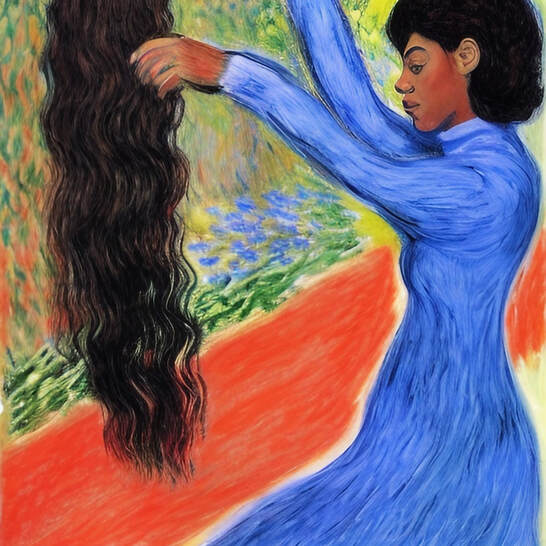
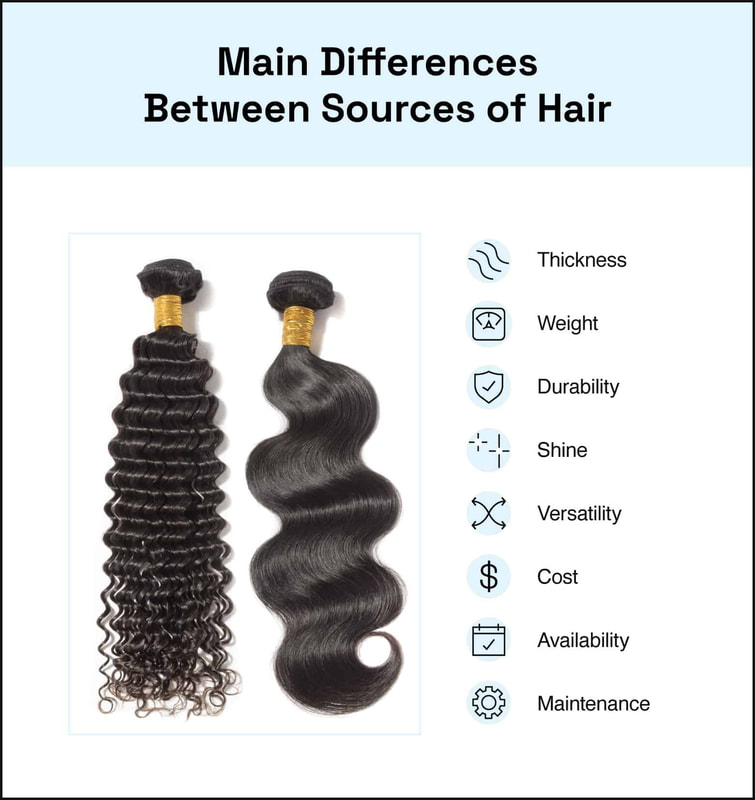
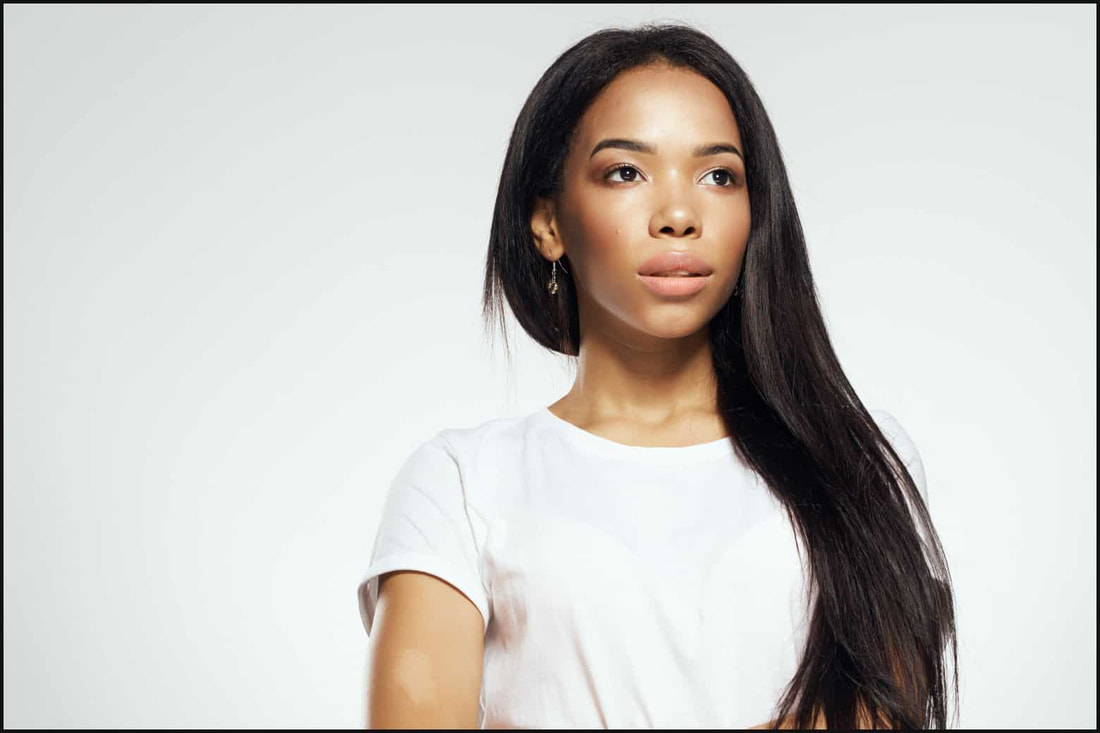
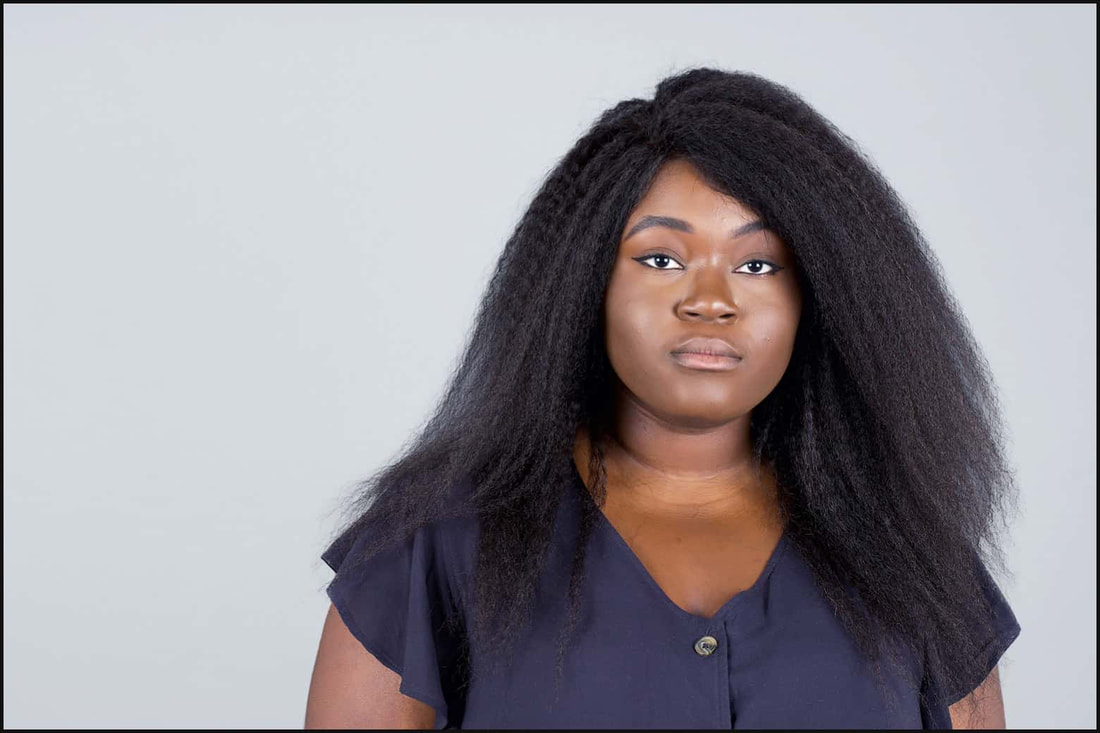
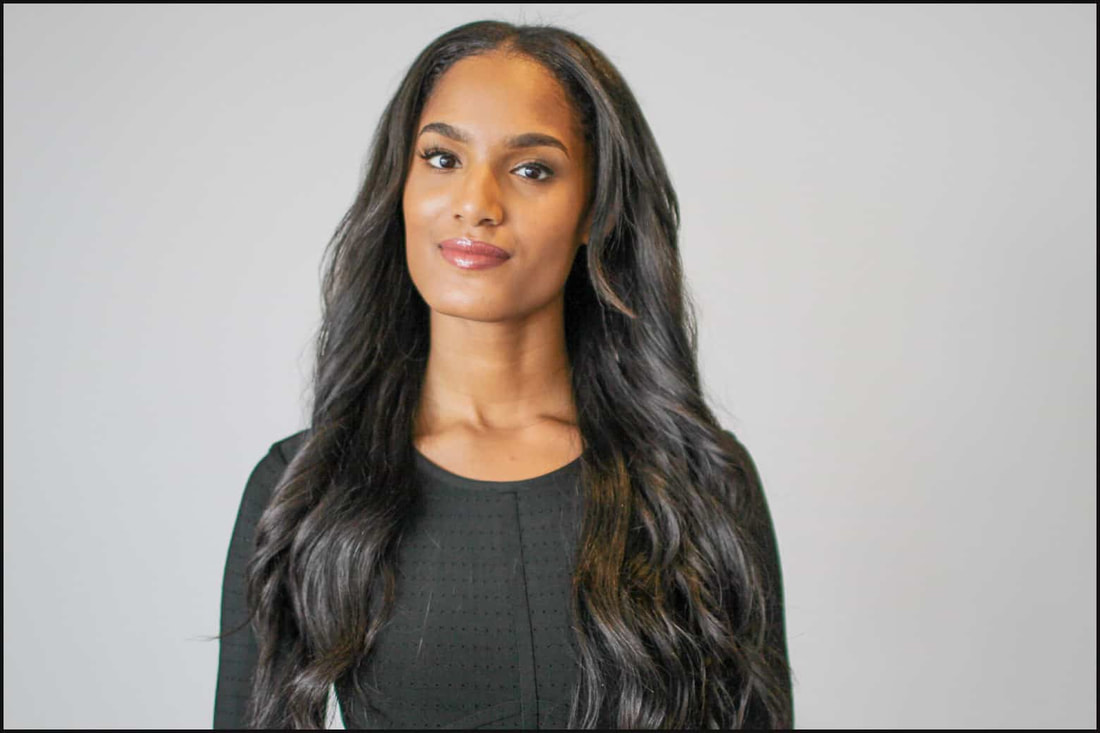
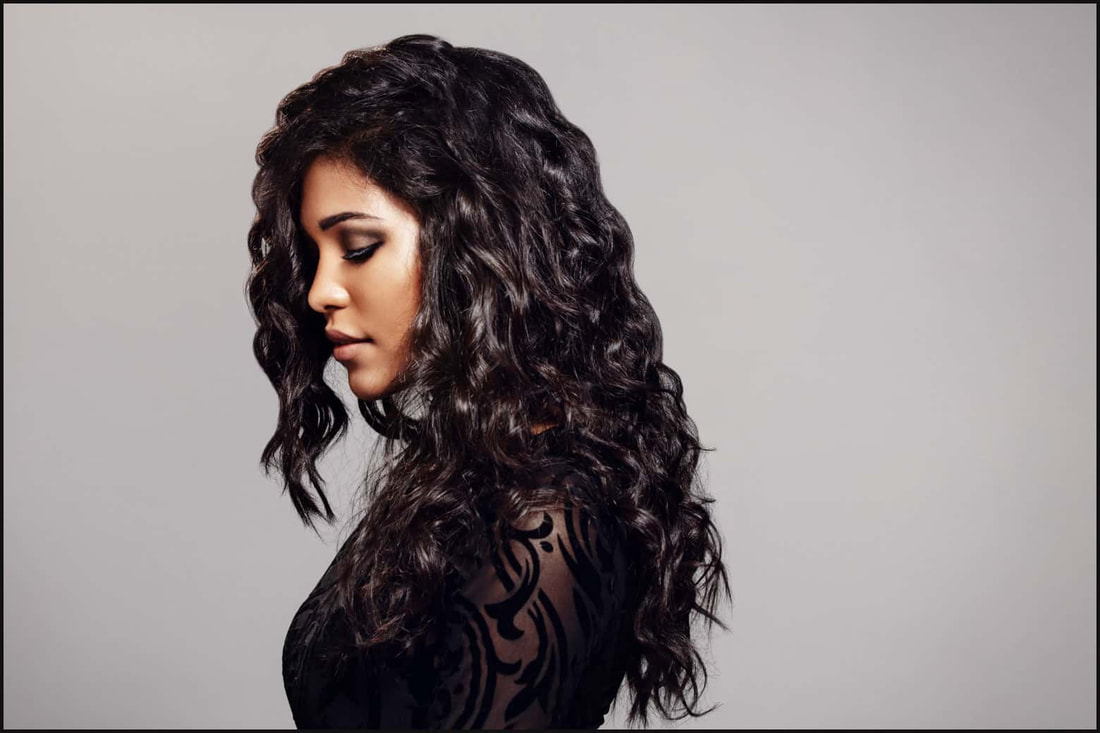
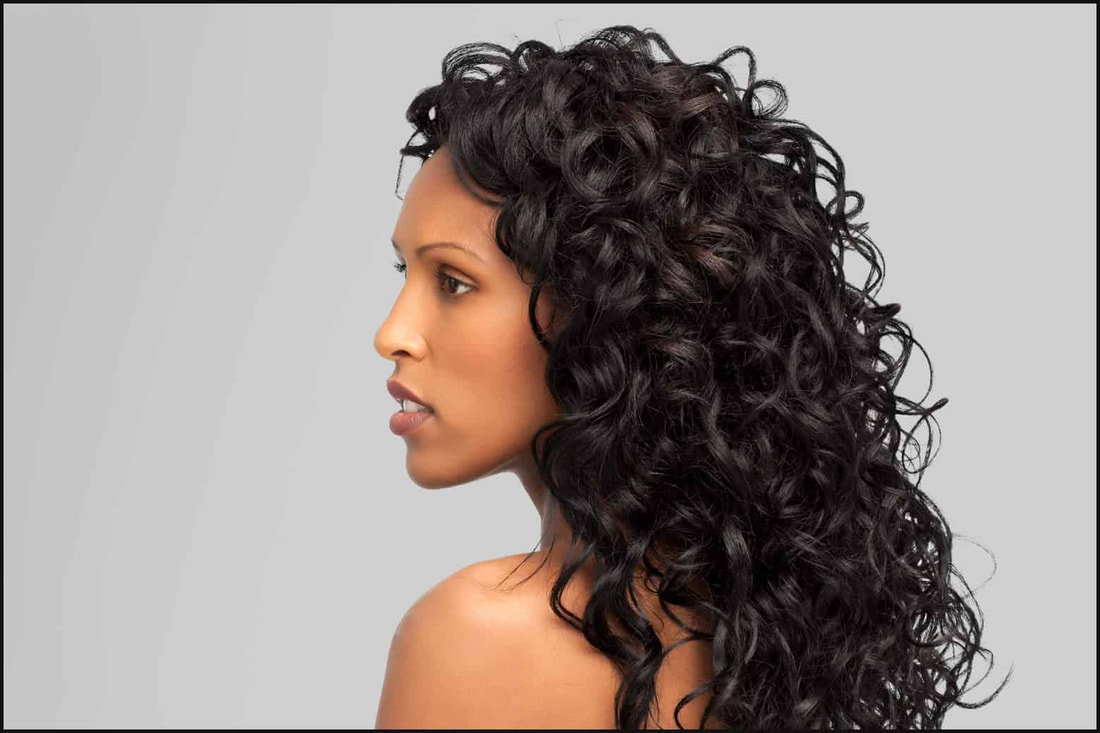
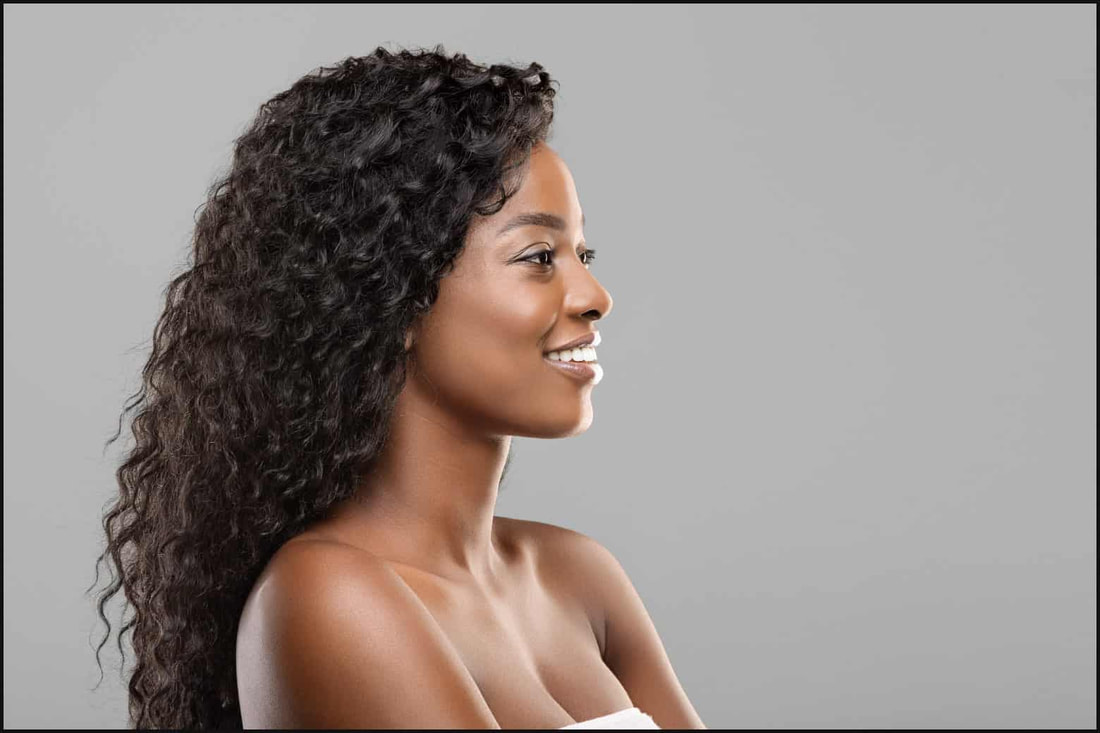
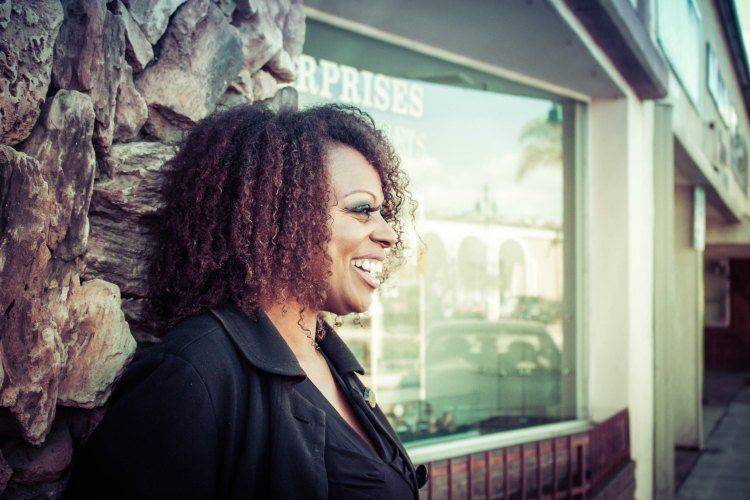
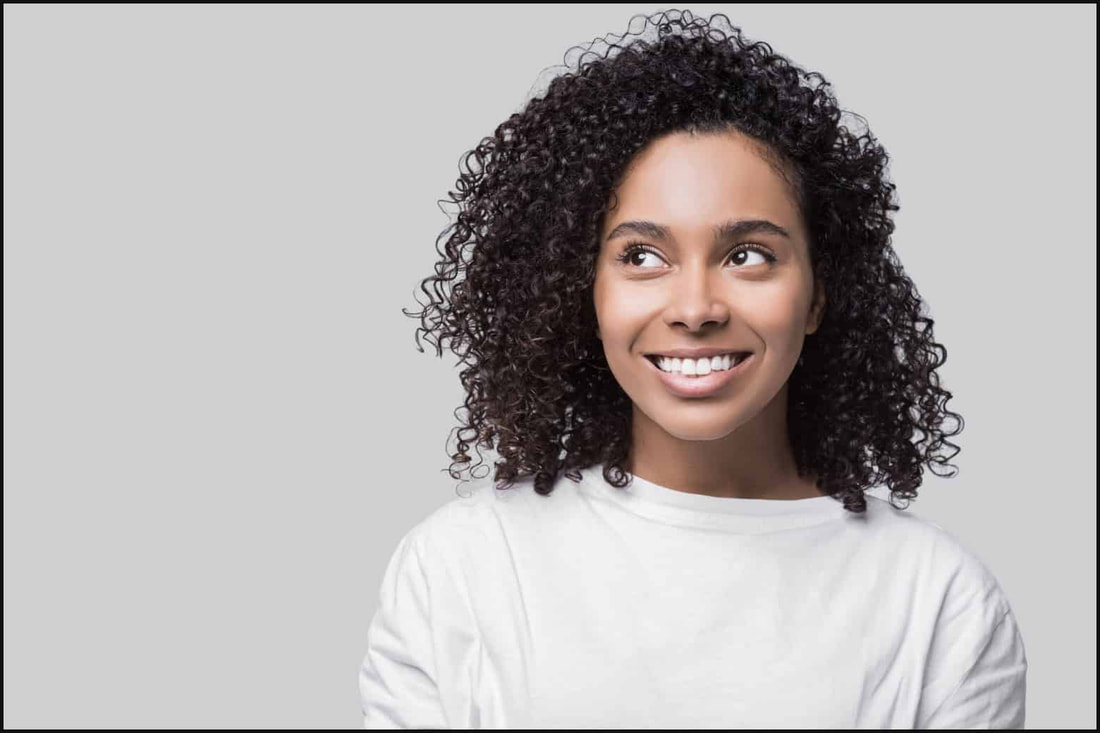
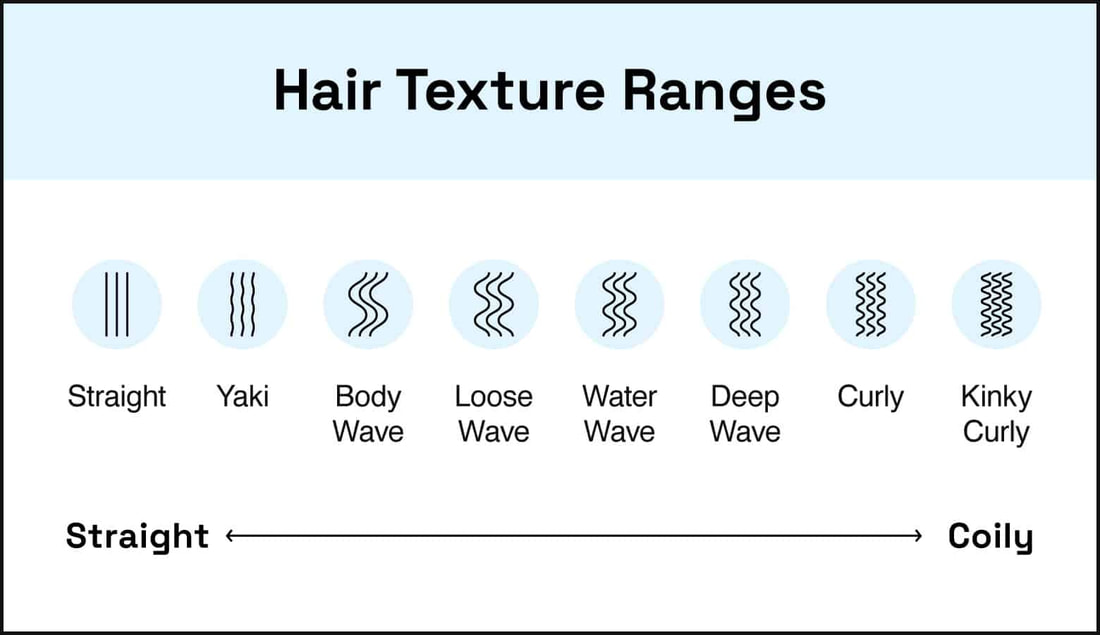
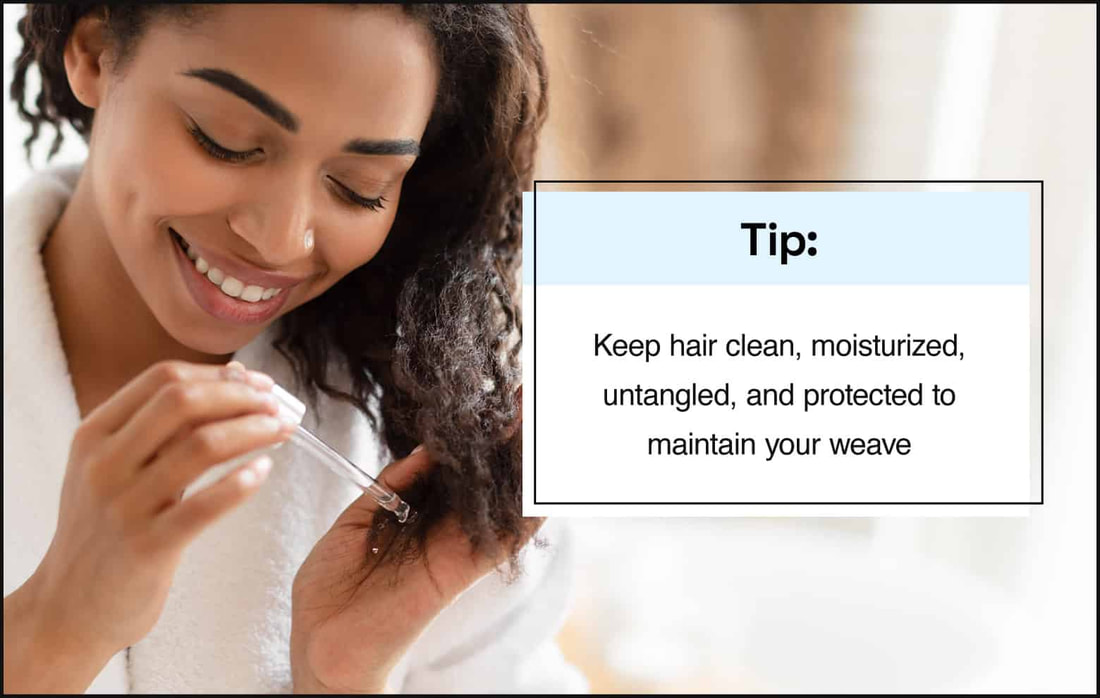

 RSS Feed
RSS Feed